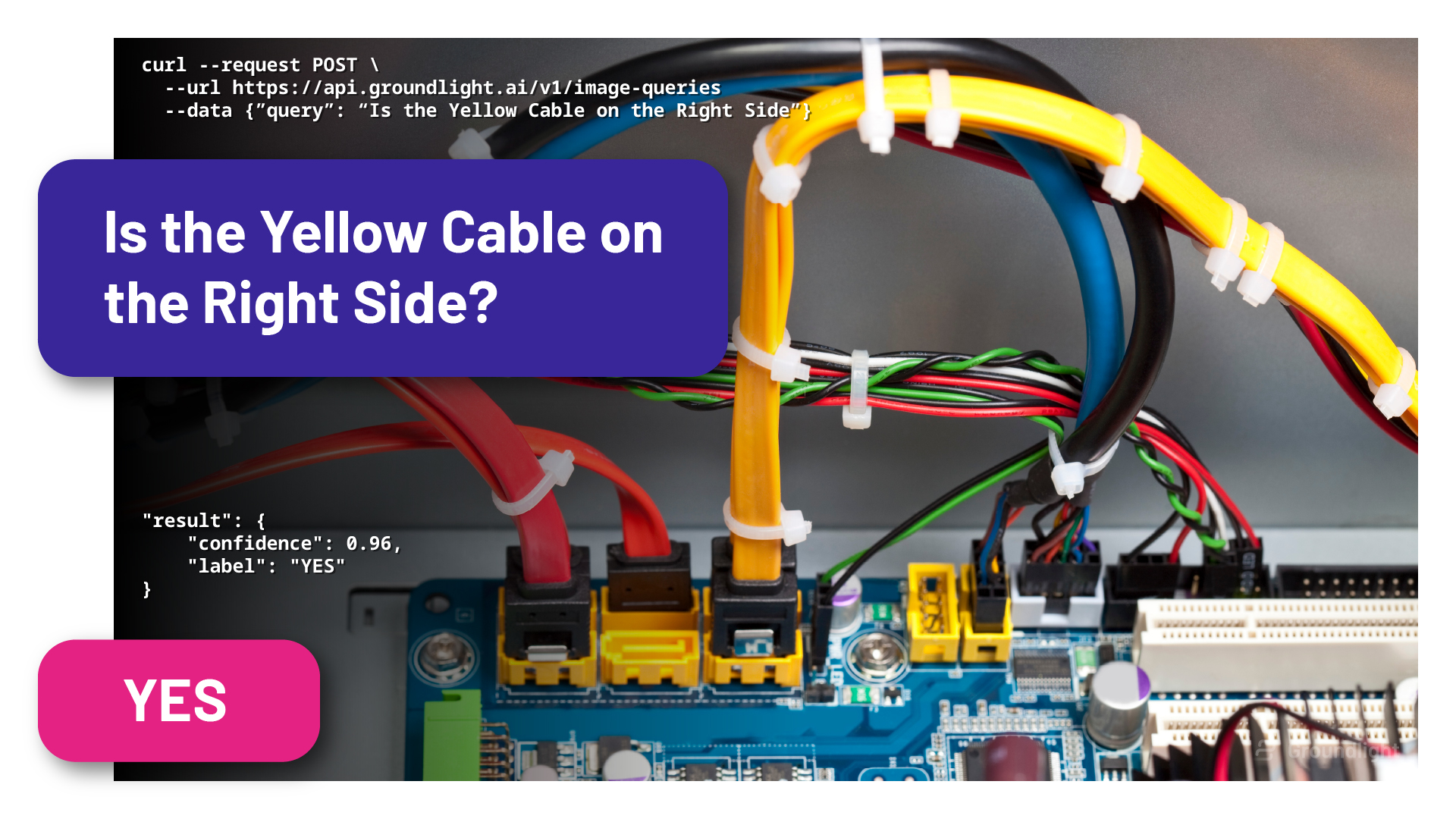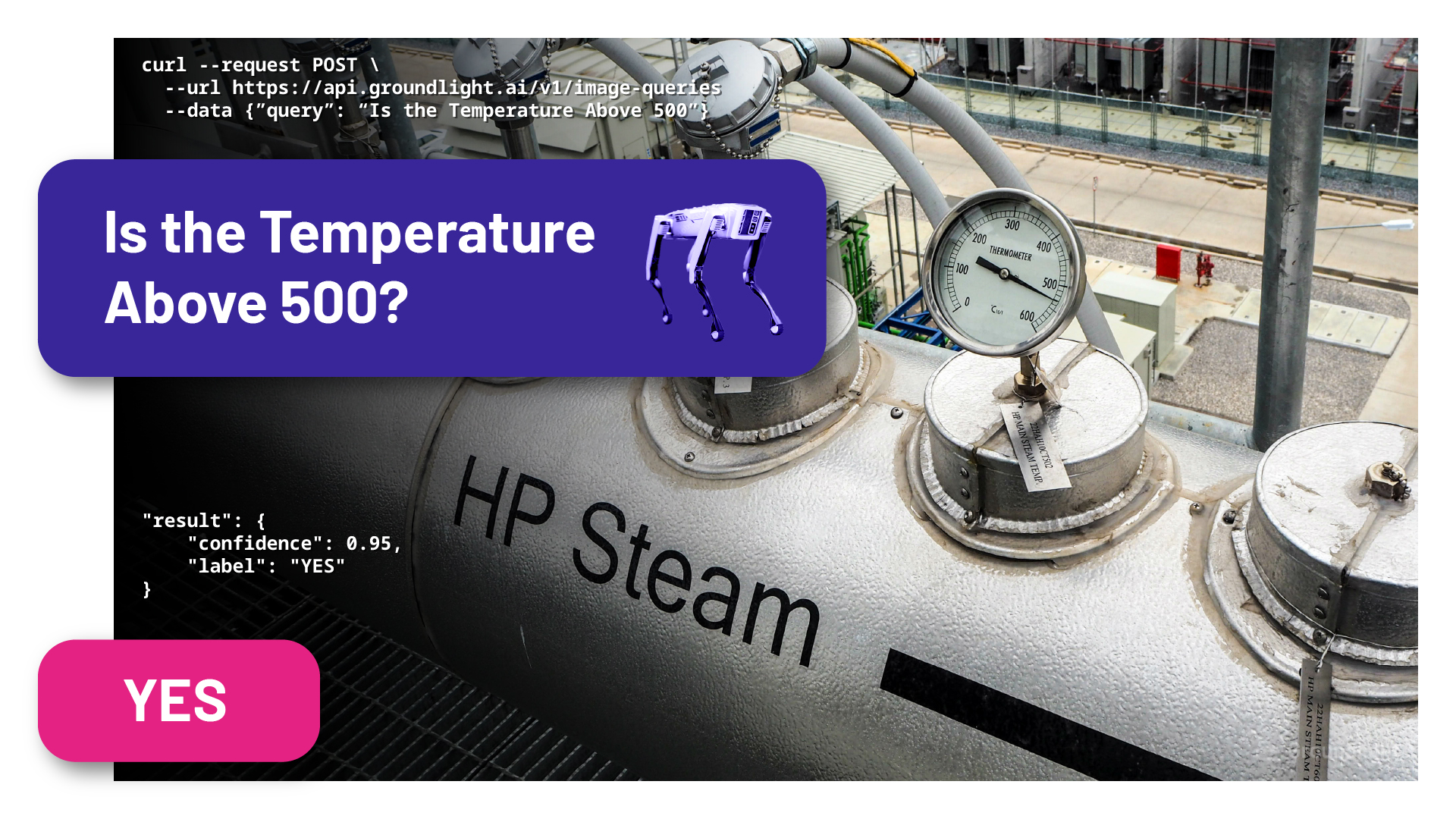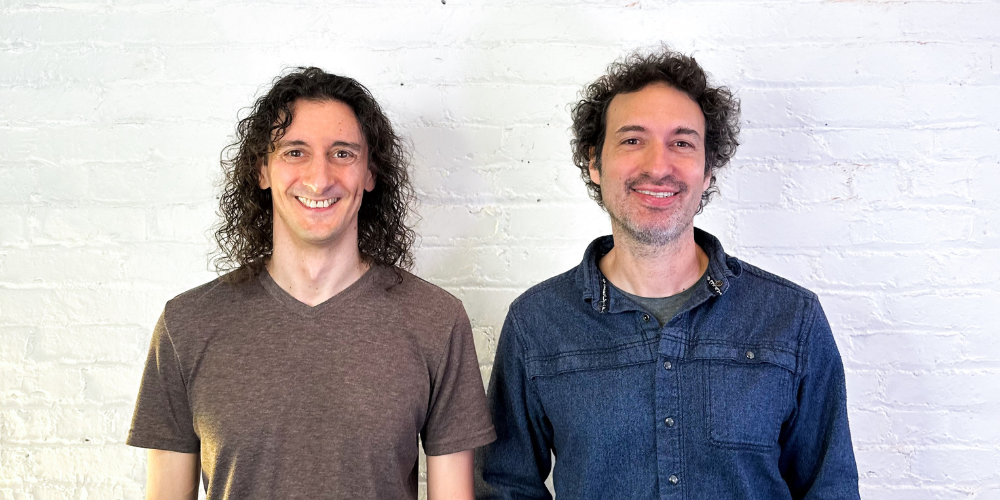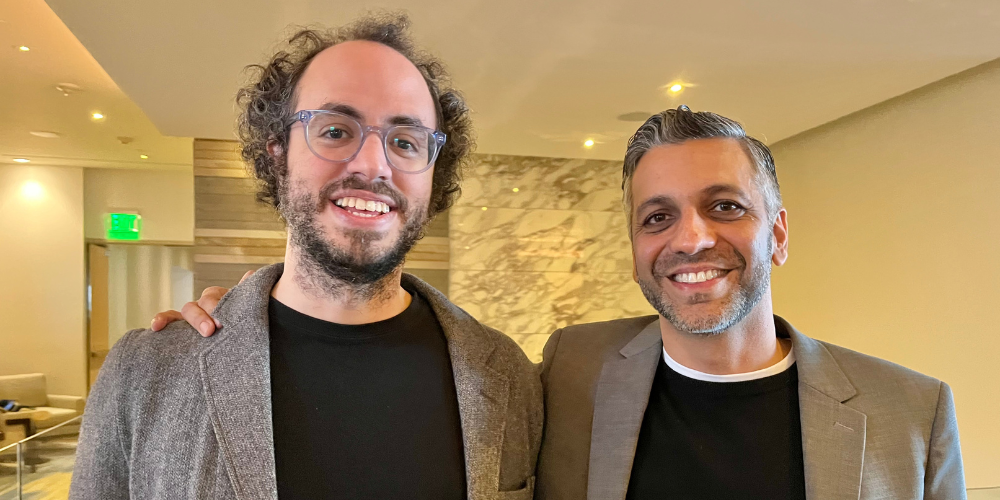Today, we are excited to announce our lead investment in Groundlight’s new $10 million financing alongside our friends at Greycroft Partners, Founders Co-op, Flying Fish, Ascend, and Essence VC. Groundlight empowers developers without data science experience to quickly build robust computer vision solutions for industrial applications. We are also thrilled to celebrate the company’s emergence from stealth and the initial availability of its pilot service!
We have come to know the founders, Leo Dirac and Avi Geiger, over the last several years and have developed a deep respect and appreciation for them as brilliant engineers, innovators, and entrepreneurs. Leo has deep experience in the ML/AI space. He spent nearly six years at Amazon working on various teams, including as a senior principal engineer on the original AWS SageMaker team. He also started Amazon’s first deep learning projects for product similarity, visual search, and recommendations. After spending over a decade at Microsoft in several principal engineer and architect roles building hardware and software products, Avi was the co-founder and CTO of PicoBrew. Avi’s superpower is understanding how to build hardware/software systems and the companies that do so.
When we started talking to Avi and Leo about what they were building, we were blown away by their bold vision to build a world-class AI computer vision platform. We are in the era of automation, and a sizeable limiting factor — particularly for industrial applications — is the inaccessibility of easy-to-use, affordable, and accurate computer vision. Avi and Leo’s vision to make high-quality CV as simple as integrating an API service like Twilio resonated deeply with us. We couldn’t be more excited to partner with them on this journey, and we see Groundlight as an essential piece of infrastructure to further the future of autonomous systems.

The AI revolution is happening right in front of us, and large language models are fueling this rapid technological wave with generative AI capabilities. While we remain bullish on the current landscape, there are many challenges to overcome.
Robust vision solutions are incredibly hard to build. For years, developers have faced challenges building high-fidelity, accurate, and performant vision systems at scale. These efforts have often been clunky, expensive, and point solutions at best. They tend to be device-specific and rely on hardware’s complexity vs. software’s power and simplicity. We have seen developers struggle to build these in-house, spending way too much time on maintenance rather than focusing on the application of such systems.
When it comes to building these solutions in-house, developers need to have access to vast amounts of relevant and contextual data. That in itself is a tough ask. Even if such data exists, the data needs to be cleansed, normalized, and labeled appropriately — a cumbersome, error-prone process that involves humans. You then need to train a model (expensive), figure out the right MLOps solution to deploy, monitor the relevancy, course correct for model drift, and constantly be on the lookout for edge cases. The entire process could take months with minimal guarantee of success.

Enter Groundlight. The company enables a developer to understand images programmatically using simple English language instructions and just a few lines of code. Groundlight’s platform is easily integrated into applications like video stream analysis, industrial automation, process monitoring, retail analytics, and robotics. The company’s initial visual understanding service is now available to select customers.
LLMs like OpenAI’s GPT-4 have become multimodal and extremely powerful but have limitations. These models are typically slow and too expensive for industrial applications with high throughput and/or low latency requirements. They are also often confidently wrong, and systems need to be in place to ensure accuracy. Groundlight’s innovative approach includes an escalation system that starts with low-cost, low-latency edge processing and escalates to human supervision for exception cases (and an approach for customers to easily plug their existing experts into the loop when and where needed). Groundlight pragmatically uses best-in-breed commercial and open-source models where optimal but can also intelligently fine-tune and distill these models or build their own.
Businesses can use the company’s technology to build CV capabilities into their application using a $10 off-the-shelf camera. The technology is a plug-and-play solution that provides an immediate lift in many verticals, including smart retail, industrial applications, and manufacturing.
We firmly believe computer vision will play a fundamental role in our lives. We are humbled to be working alongside a world-class team on the opportunity to realize this potential and bring this service to market. Groundlight is off to an amazing start with customers and partners, and the company has the potential to become another iconic software and AI company based in the Pacific Northwest.

